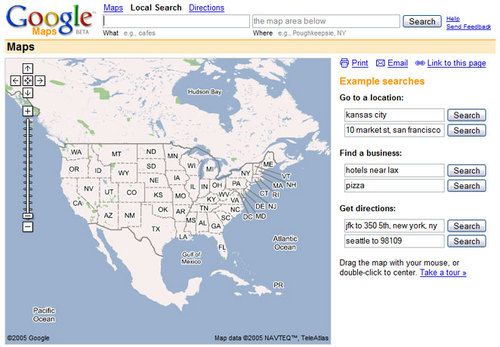
To date, IT has not been considered a strategic area in the organization, but rather an “order taker” of other units more “core” of the business. The digital age needs (and demands) that the technological platform becomes a strategic asset in the company, since it not only accompanies, but also enables the strategies that help us win in the digital era.
The vast majority of companies use what is known as a “Legacy System”. This type of technological systems are those that were created prior to the Internet age, that is – they are quite old. This does not mean that companies still use giant computers or that these systems are not useful, far from it, but it implies that we are using a technological platform that in its origin is not adapted to new technologies.
What consequences does this bring?

API Evangelist History of APIs
We are making updates to the system in parts, which leads to the fact that the information is often in different programming languages and therefore the data is compartmentalized. This means that each initiative (both internal and external) that needs to use information from the platform is connected to it through point-to-point connections.
In addition this type of platforms does not have approved standards, generating a redundancy in the work and decoding of the information. This creates what is known as a “Spaghetti Platform”, a system has a high dependence on IT, since they are responsible for connecting each of the initiatives to the technological platform. In the digital age, there are more and more initiatives that need to connect to information, so this system becomes obsolete and unsustainable.
What is a solution?

Are You Using APIs to Gain Competitive Advantage?
One of the solutions to this problem is what is known as API (Application Programming Interface). What are the APIs exactly? They are an intermediary between “information” and “initiatives” (programmers) that need information. Imagine the APIs as a server, which is responsible for carrying the information that we ask to our table. This interface allows to have the information centralized, in a catalogue easy to use by the developers of each initiative (internal or external).
Several leading companies of this era use APIs for their technological platform and in fact, many have them public, that is, any programmer can access the information contained in this API. There are even websites where you can access the most popular APIs available such as this list on RapidAPI. Facebook, Twitter, Google Maps have their APIs open. Note that this does not mean that developers have access to all the company’s information (for example, the customer’s bank account data), but that the company that owns the API decides what information they would like to publish.
Keep up with all the happenings on the IT scene, infinigeek is there to help you with it.




